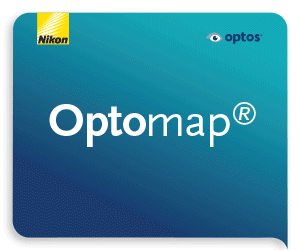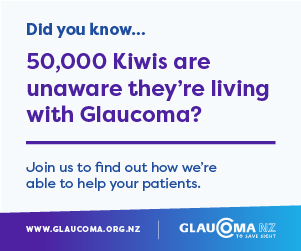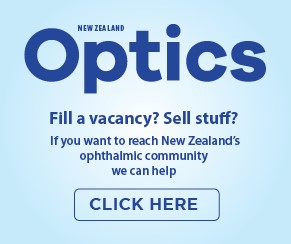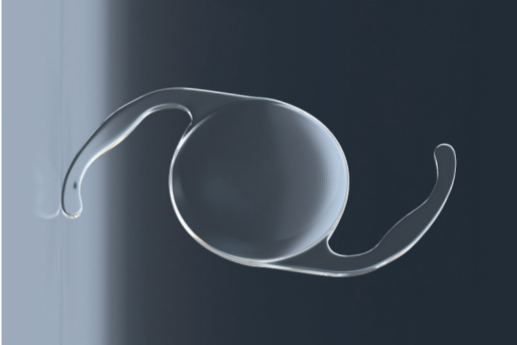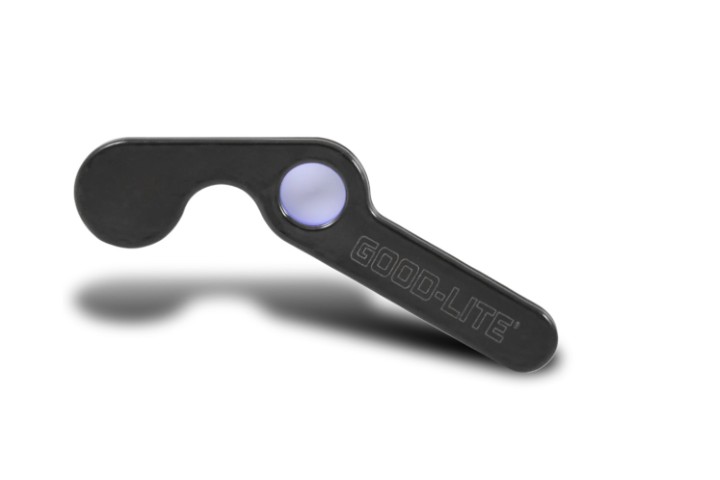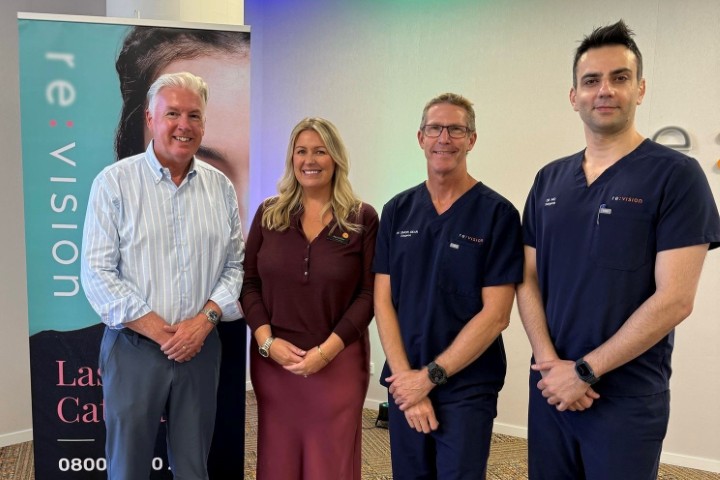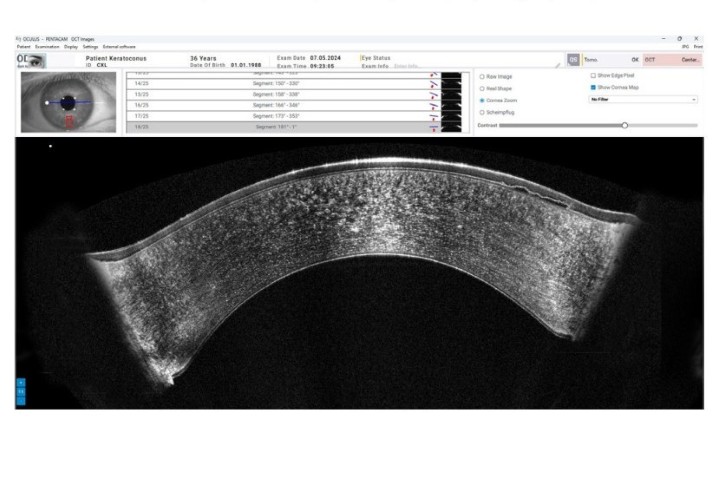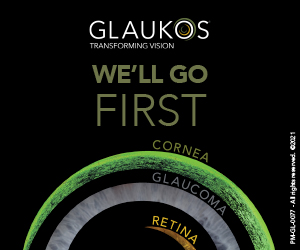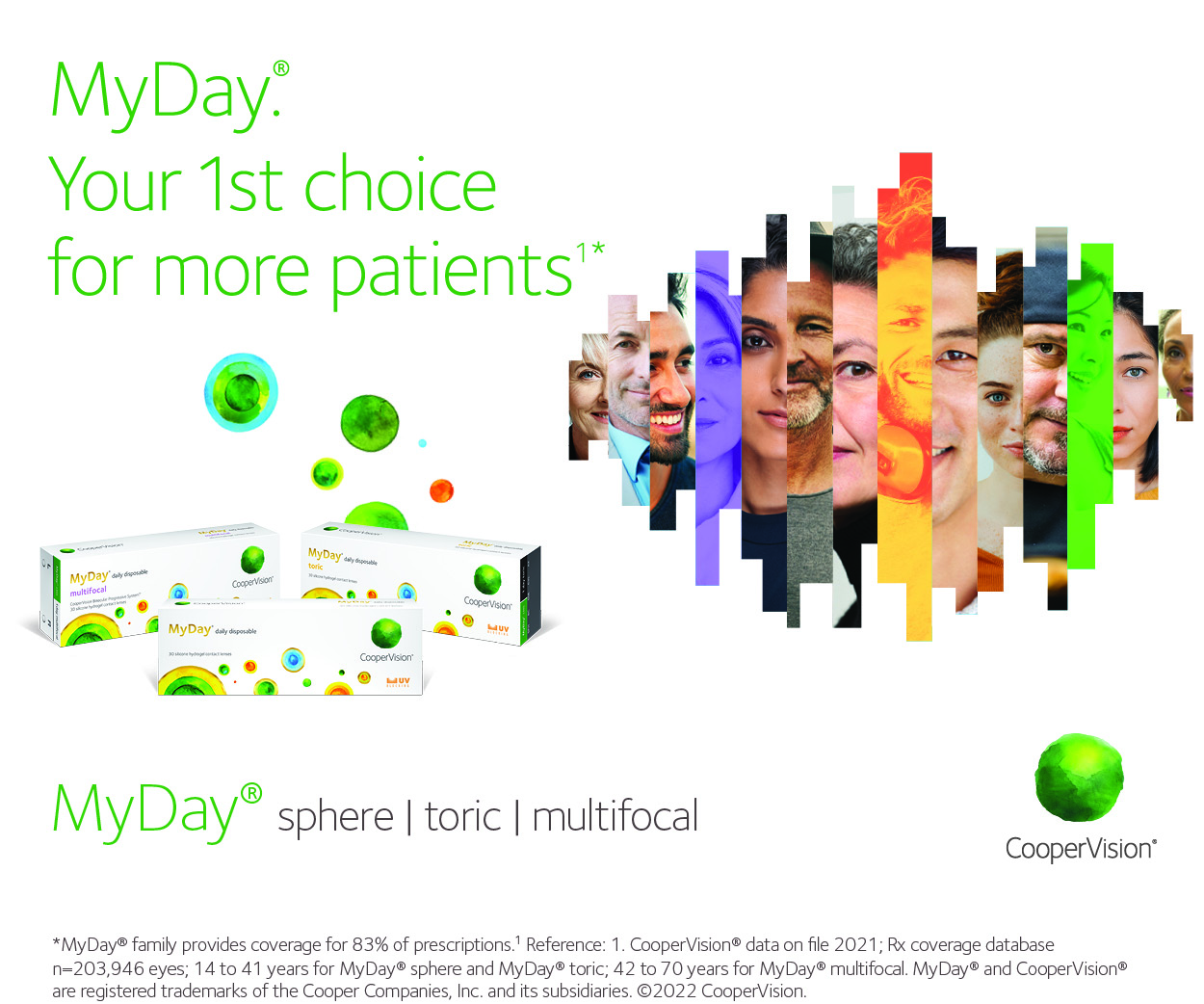Positive studies for AMD IOL continue
A new intraocular lens (IOL), the EyeMax Mono, specially designed for patients with age-related macular degeneration (AMD) is attracting significant attention at ophthalmology conferences following a spate of studies showing significant visual acuity improvements.
In the most recent study, published in the Journal of Refractive Surgery, the non-comparative, prospective, single-centre study on eight eyes of seven patients with bilateral macular degeneration showed vision improvement in all eye patients with the EyeMax Mono, with a mean visual acuity improvement of 18 ETDRS letters and a 57% increase in mean reading speed (28 ± 19 to 44 ± 31 words per minute). At two months postoperative follow-up, the mean corrected distance visual acuity (CDVA; LogMAR) had increased from 0.93 ± 0.22 to 0.59 ± 25, and a corresponding increase in mean corrected near visual acuity (CNVA) was also observed (from 1.05 ± 0.18 to 0.73 ± 0.26).
Designed to extend macular vision, the EyeMax Mono’s lens optics are optimised to provide enhanced images across all areas of the macula extending 10° from the foveal centre, said manufacturer LEH Pharma.
The data builds on an earlier published, consecutive, case series of 244 eyes implanted with EyeMax Mono, where gains in CDVA and CNVA were also observed.
In a press release, Dr Scott Robbie, lead author and chief scientific officer, LEH Pharma, said, "Age-related macular degeneration is a progressive disease, with a significant unmet clinical need and no cure. In contrast to standard, monofocal lenses, EyeMax Mono is a new lens option that optimises image quality across the macula for patients using eccentric fixation or who are at higher risk of this. This technology allows patients to maximise their use of preferred retinal loci in healthier areas of the macula."
Microperimetry demonstrated patients use “healthier” areas of the macula after EyeMax Mono implantation, as shown by shifts in fixation over time, improvements in threshold sensitivities and more stable fixation, all of which correlate with improved reading speed.
The company also reported no intraoperative or postoperative complications and said results suggest the EyeMax Mono has a safety profile comparable to that of standard monofocal lenses. “EyeMax Mono can be implanted using simple, well-established techniques, following the same surgical principles as insertion of a standard intraocular lens following cataract removal.”
EyeMax Mono has been implanted in more than 2,500 eyes, in patients from 10 countries. LEH Pharma is currently advancing regulatory approvals across countries.






